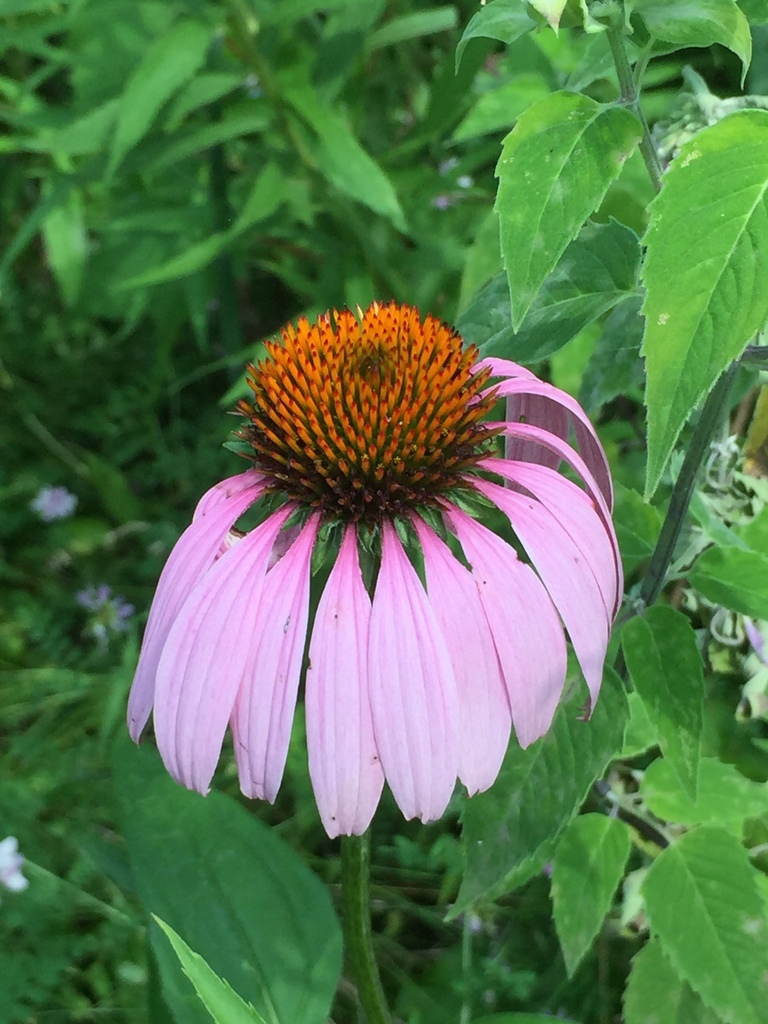Part of a series on invasive species by guest blogger Ed Pope
Unlike most other plants that have now become invasive, Japanese stiltgrass was not intentionally imported into North America. It is native to much of Asia and was once used as packing material for fragile items such as porcelain. It is believed to have arrived in America from China this way. The first documented occurrence was in 1919, when it was found in Tennessee.
Today, Japanese stiltgrass can be found in most of the eastern United States. It can grow as high as three and a half feet tall. It is an annual grass that blooms in late summer to early fall and produces hundreds of seeds. These seeds can lay dormant for three years before sprouting. After blooming, the plant dies.
Japanese stiltgrass grows in sun or shade, so it can rapidly take over an understory. It is quick to establish itself in disturbed areas such as logging roads, game trails, abandoned roads and areas scoured by floods. It spreads by its small seeds, which can be transported by floodwaters, animals and humans. (CILTI has placed shoe scrubbers at some properties. Please use these before and after hiking at the preserves to avoid spreading this plant and other invasives.)
Once established, stiltgrass forms a dense mat that inhibits the growth of native plants. It is generally avoided by deer and other grazers.
Before beginning to remove Japanese stiltgrass, it is important to carefully ID the plant. Two native grasses, white grass (also known as Virginia cutgrass) and Pennsylvania knotweed, look very similar to this invasive plant. Here’s a video from Penn State that tells how to identify Japanese stiltgrass:
Small populations can be removed by hand pulling, which is best done in July before it forms seeds. Japanese stiltgrass can also be eliminated by covering it with six inches of mulch. For large infestations, herbicides, preferably specifically targeted for annual grasses rather than broad spectrum, are required. Once the stiltgrass has been eliminated, planting annual rye is recommended, since it competes well against stiltgrass that may sprout from seeds after the plants have been removed.
Stiltgrass is certainly one of the annual targets on the stewardship radar. The largest infestations the team battles are down in the Glacier’s End and Blossom Hollow preserves. Due to the number of old logging roads and small streams, stiltgrass had quite a footing. Much of the treatment has been with grass-selective herbicides applied from late summer until mid-September when the plant starts to seed. A great deal of work has been done in the past couple years to address it with the hopes that in the coming seasons the stiltgrass issues will continue to shrink with the seed banks.
Want to help CILTI restore natural areas? Check out volunteer opportunities here. You can help us improve the health of forests and other natural habitats.

Ed Pope
Guest Blogger